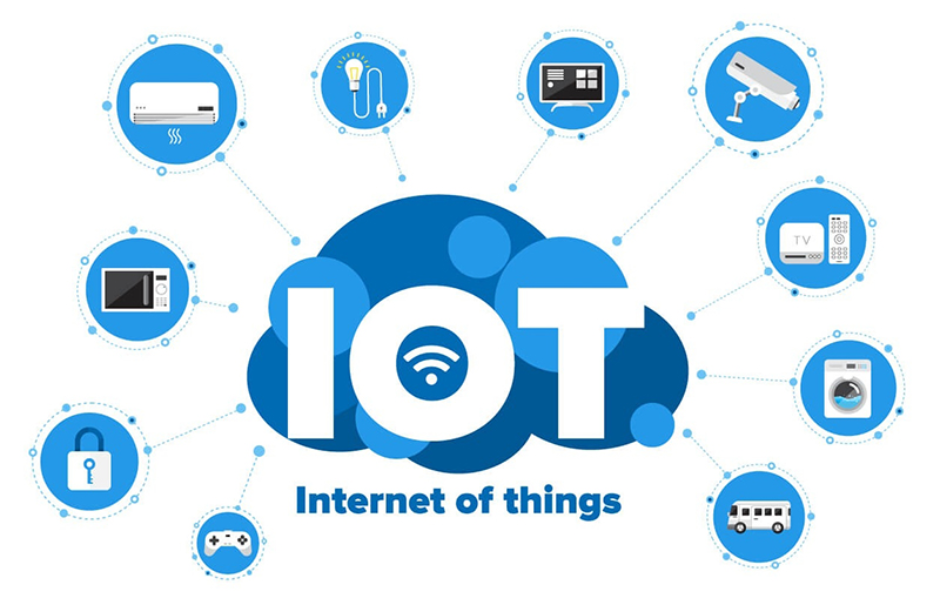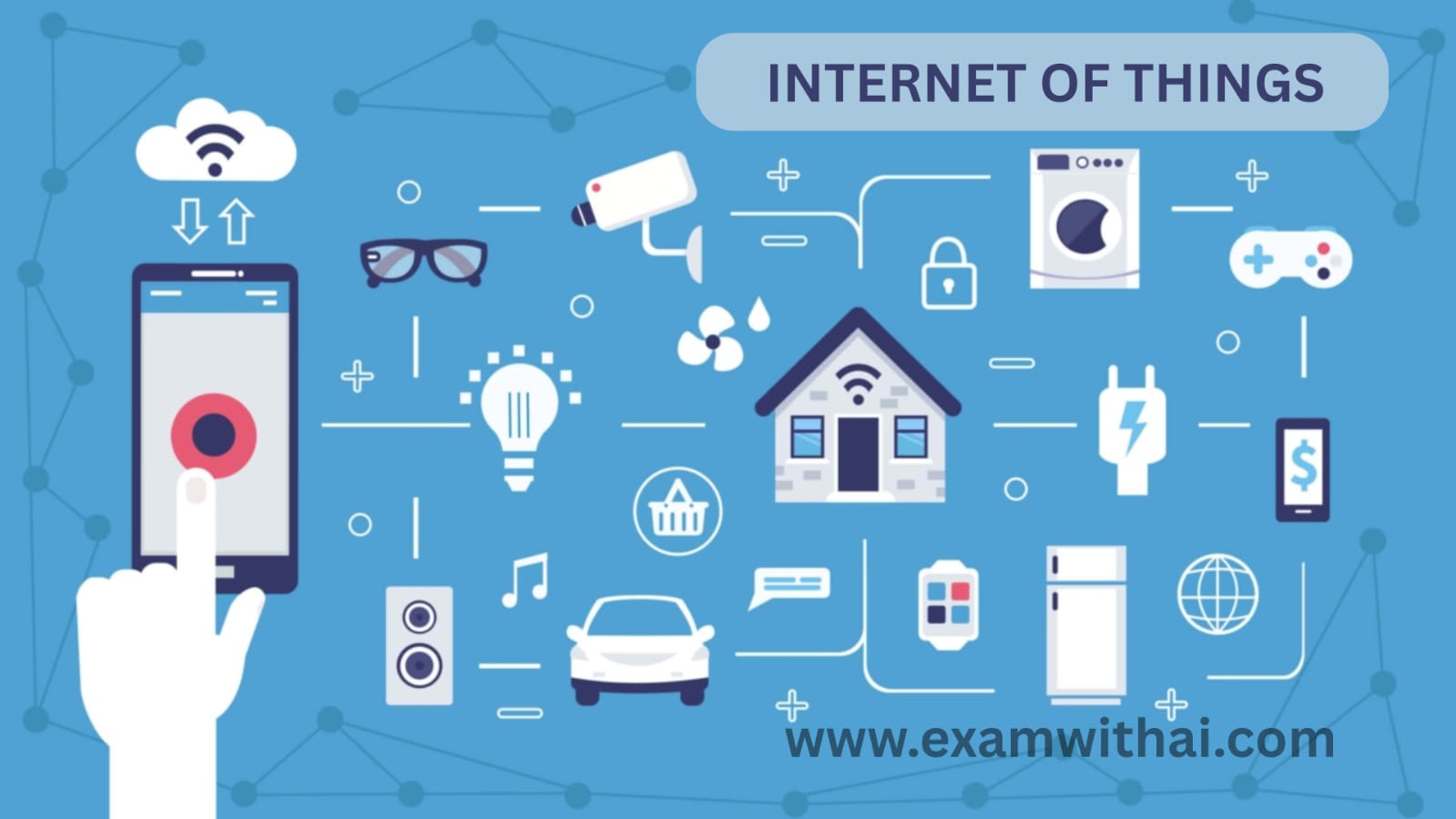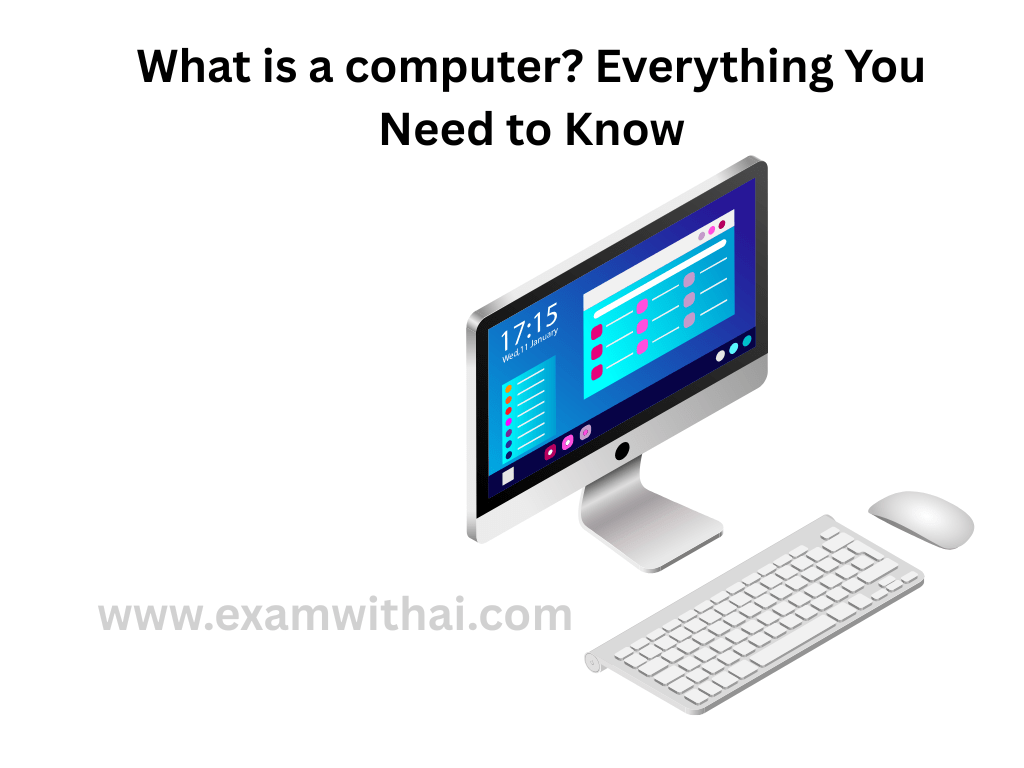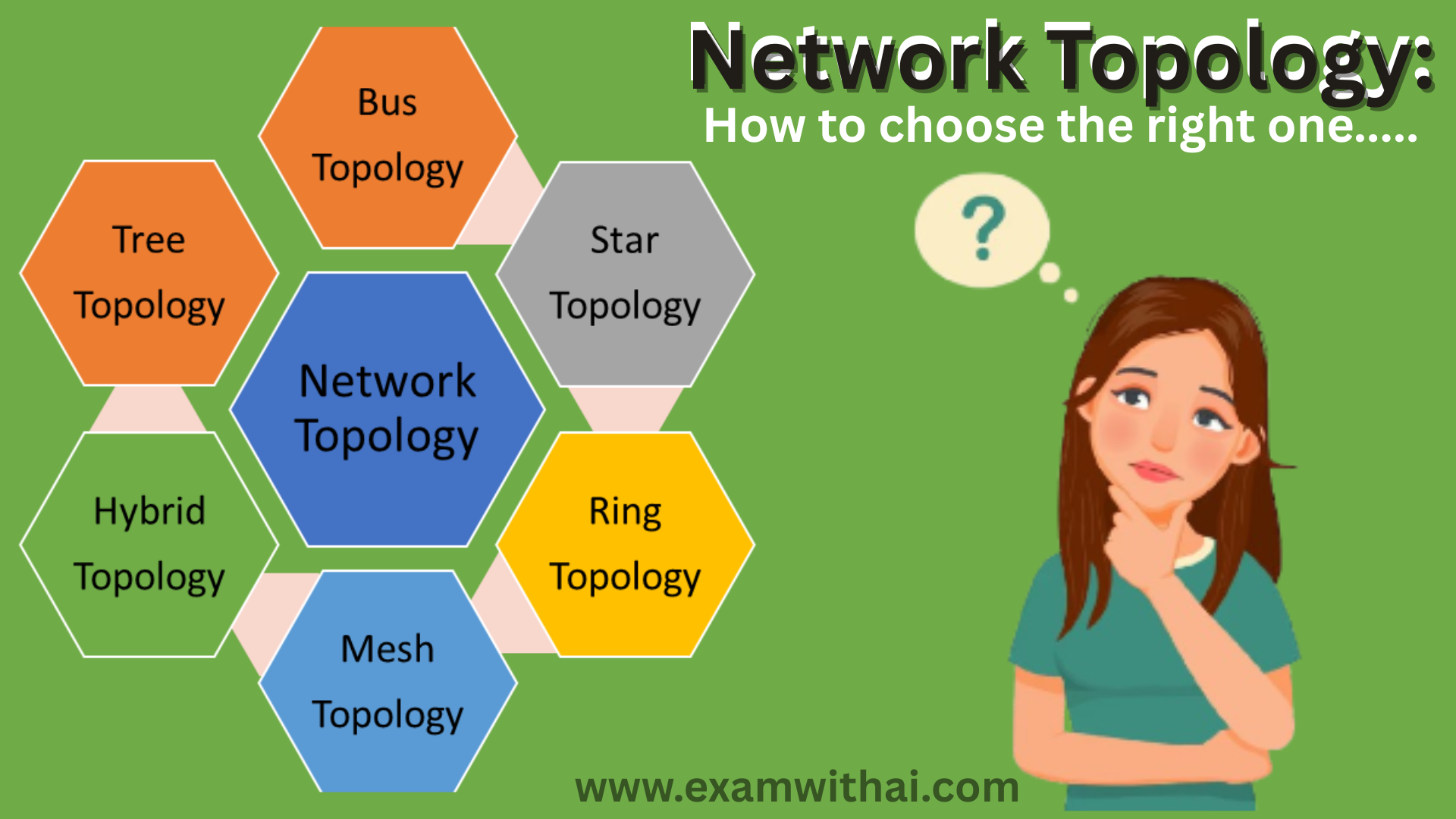Internet of Things (IoT)
The Internet of Things is a platform where regular devices are connected to the Internet so they can interact, collaborate, and exchange data with each other. Smart cars, smart homes, smart cities—everything around us can be turned into a smart device with the help of the Internet of Things.
History of IoT (Internet of Things)
- 1970: The actual idea of connected devices was proposed.
- 1990: John Romkey created a toaster that could be turned on/off over the Internet.
- 1995: Siemens introduced the first cellular module built for M2M (machine to machine).
- 1999: The term “Internet of Things” was used by Kevin Ashton during his work at P&G, which became widely accepted.
- 2004: The term was mentioned in famous publications like the Guardian, Boston Globe, and Scientific American.
- 2005: The UN’s International Telecommunications Union (ITU) published its first report on this topic.
- 2008: The Internet of Things was born.
- 2011: Gartner, the market research company, includes “The Internet of Things” technology in their research.

Advantages of IoT
- Communication: IoT encourages the communication between devices, also famously known as machine-to-machine (m2m) communication.
- Access Information: We can easily access any information sitting in any part of the globe in real time. This makes it very convenient for people to go about their work, even if they are not physically present.
- Automation and Control: Automation is the process of decreasing human intervention or involvement, thereby increasing the machine intelligence to perform every task by itself.
- Efficient and Saves Time: The machine-to-machine interaction provides better efficiency; we can obtain accurate results quickly. This results in saving valuable time. Instead of repeating the same tasks every day, it enables people to do their creative jobs.
- Better Health Care and Management: The patient monitoring can be done on a real-time basis without a doctor’s visit. It enables them to make decisions as well as offer evidence-based treatment.
- Efficient usage of electricity: Smart home systems enable you to use electricity effectively by directly connecting devices that communicate with controller devices like mobile phones, eliminating concerns about unnecessary electricity and appliance usage.
- Security: You can control your home through mobile phones. It provides personal protection.
Disadvantages of IoT
- Compatibility: Currently, there is no international standard of compatibility for the tagging and monitoring equipment.
- Security: IoT systems interconnect and communicate over networks. The system offers little control, which leads to various kinds of network attacks, like hackers breaking into the network and stealing the information.
- Privacy: Even without the active participation of the user, the IoT system provides substantial personal data in maximum detail.
- Unemployment: Automating every task will reduce the need for manpower and eventually cause job losses. This will have a direct impact on employment.
Characteristics of IoT
- Connectivity: Wi-Fi, Bluetooth, Zigbee, and cellular networks are just a few of the communication technologies that Internet of Things devices use to communicate and exchange data.
- Intelligence: IoT devices outfitted with sensors and actuators sense and engage with their surroundings. These gadgets can make well-informed judgments and automate tasks thanks to advanced data processing, which frequently makes use of cloud computing and artificial intelligence.
- Dynamic Adaptability: IoT devices can adjust to changing conditions and contexts. For instance, smart thermostats modify temperature settings based on occupancy and time of day, enhancing energy efficiency and user comfort.
- Security: As the number of connected devices increases, it is critical to provide strong security. To defend against cyberattacks and preserve user privacy, IoT devices utilize techniques including encryption, authentication, and frequent updates.
- Automation: By enabling devices to carry out activities without human interaction, IoT makes automation possible. IoT sensors, for instance, may optimize resource utilization in agriculture by automatically turning on irrigation systems and detecting soil moisture levels.
Applications of IoT
- Smart Home: Smart home systems deploy various sensors that provide intelligent and automated services to the user. For example, an application can automatically turn on the AC when the humidity rises, or when there is a gas leak, it can turn the light off.
- Smart Water Systems: IoT-embedded smart water taps automatically open when you approach them, and as per your requirements, water will flow. Smart water meter systems also help us predict flooding.
- Health Care: Medical equipment and health-monitoring systems connect to gather and send patient data in the context of the Internet of Things (IoT), also known as the Internet of Medical Things (IoMT). Wearable technology, such as smartwatches and fitness trackers, tracks vital indications, including blood pressure, heart rate, and blood oxygen levels.
- Smart City: A city with thousands of sensors for smart traffic, smart water management applications, smart parking systems, etc. Cities implement smart transportation using a network of sensors, centralized analysis, and smart traffic lights.





